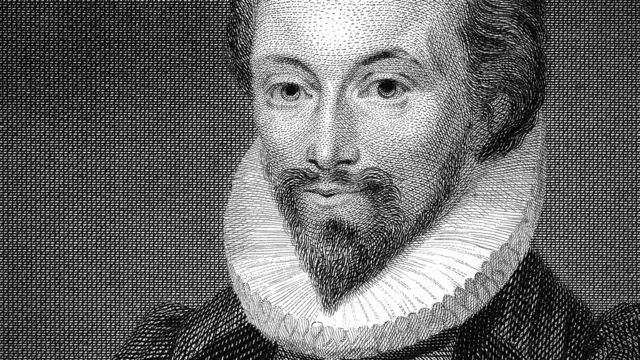What is “Power Writing” and how can it help my students?
“Power Writing” is a pedagogical method that elementary school teachers developed for teaching a fairly complicated idea—the paragraph—to very young kids. It uses graphic organizers to break the paragraph up into parts. I have tweaked the basic concept of power writing to use in my own high school and college-level classrooms, and it has worked wonders for my students, especially science students (because it helps them to understanding that writing is a logical activity and not about feelings).
I like to teach this writing activity in conjunction with a lesson on sonnets, because sonnets work a bit like essays. There is a desired form in both: the creative component comes in how the author plays within the set of rules that the form requires as opposed to breaking the rules of the form. Also, sonnets make arguments and then they nuance, complicate, or push those arguments to their logical conclusions.
My favorite sonnet to use for this activity is John Donne's Holy Sonnet 14 (Batter my heart, three-person'd God). Here is the poem in its entirety:
Holy Sonnet 14
Batter my heart, three-person'd God, for you
As yet but knock, breathe, shine, and seek to mend;
That I may rise and stand, o'erthrow me, and bend
Your force to break, blow, burn, and make me new.
I, like an usurp'd town to another due,
Labor t'admit you, but oh, to no end;
Reason, your viceroy in me, me should defend,
But is captiv'd, and proves weak or untrue.
Yet dearly I love you, and would be lov'd fain,
But am betroth'd unto your enemy;
Divorce me, untie or break that knot again,
Take me to you, imprison me, for I,
Except y'enthrall me, never shall be free,
Nor ever chaste, except you ravish me.
Sentences that make arguments (we color-code these as red sentences). There are two types of red sentences:
- Topic sentences, which state the main argument of the paragraph, go at the beginning of the paragraph.
- Concluding sentences, which state the paragraph’s relevance to the essay’s thesis, go at the end of the paragraph
Sentences that provide evidence (we color code these as blue sentences). Objectively true observations from the text, like quotes. There must be at least one “blue” sentence in each body paragraph of an essay. If there is no evidence, then the paragraph has turned into plot summary or personal narrative, and needs to get back on track. A writer cannot analyze a text without talking about the text. The evidence sentences comes after the topic sentence but before your explanation sentences (below). The analysis flows from the evidence instead of evidence being tacked on to support a reading.
Sentences that explain how the evidence supports the argument (we color code these as green sentences). Students should know that while it might be clear to them how the evidence supports the topic sentence of the paragraph, it will not be clear to everyone. This is the space where they should explain or analyze the evidence to show how it supports the argument. After each “blue” sentence, there should be one or two “green” sentences explaining the evidence and how it proves the red argument of the paragraph. These are the kinds of sentences that fill out a paper and help a writer to develop her ideas. If a paper is short, a writer can fill it out by developing his green sentences, not by adding more quotes.
The next step in the classroom is to use this writing instruction to segue into an analysis of Donne's poem and then to model how a paragraph might be constructed using the power writing technique. It is time consuming--count on a full hour devoted to this activity--but it helps to explain to students who don't understand the genre of expository writing what you expect them to do.
The reason the activity takes so long in class is because you have to wait for students to think about things and to craft their sentences. I have included a video below that models what this activity might look like. Since I am not asking for feedback from students, the video is relatively quick (about 20 minutes).

 RSS Feed
RSS Feed